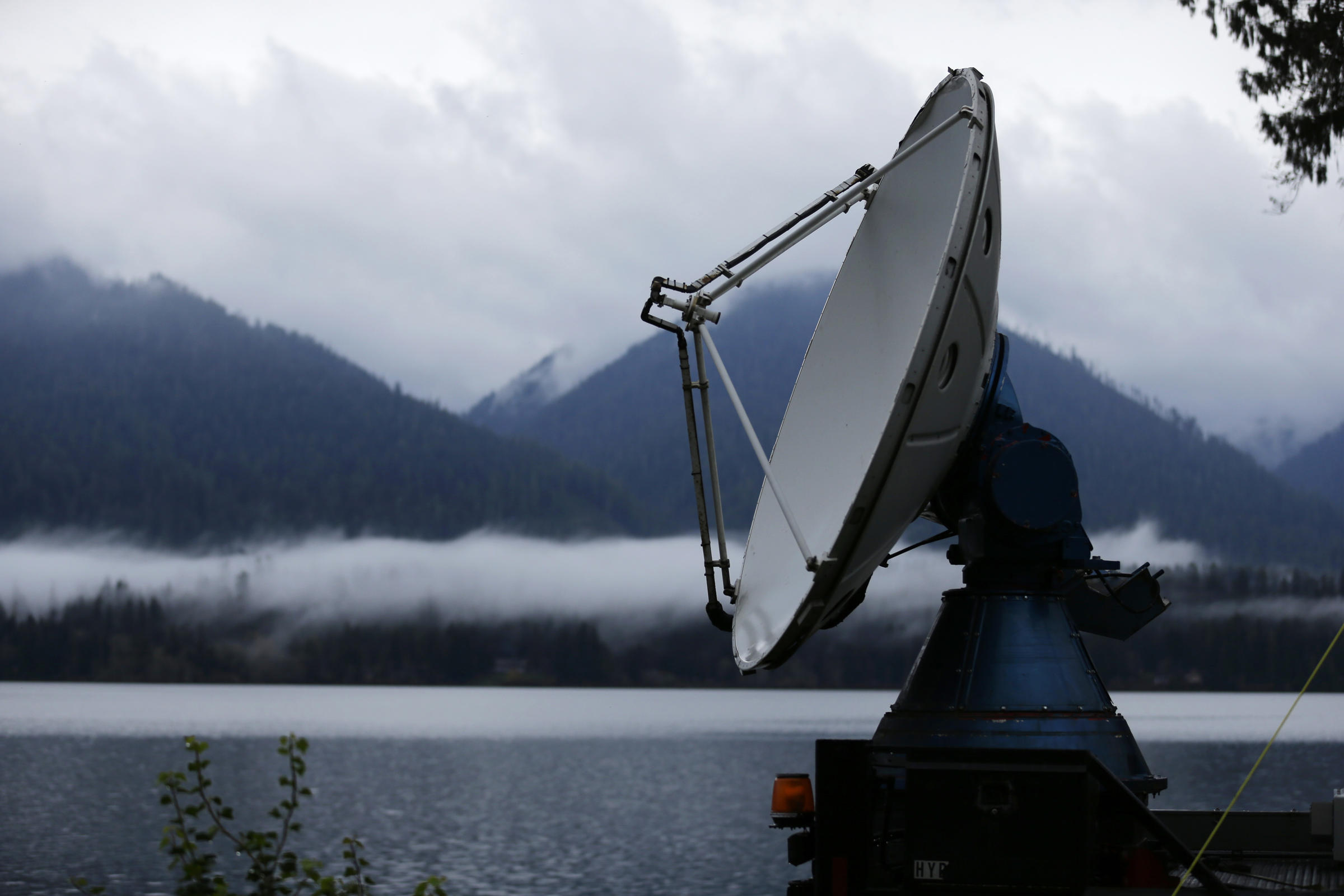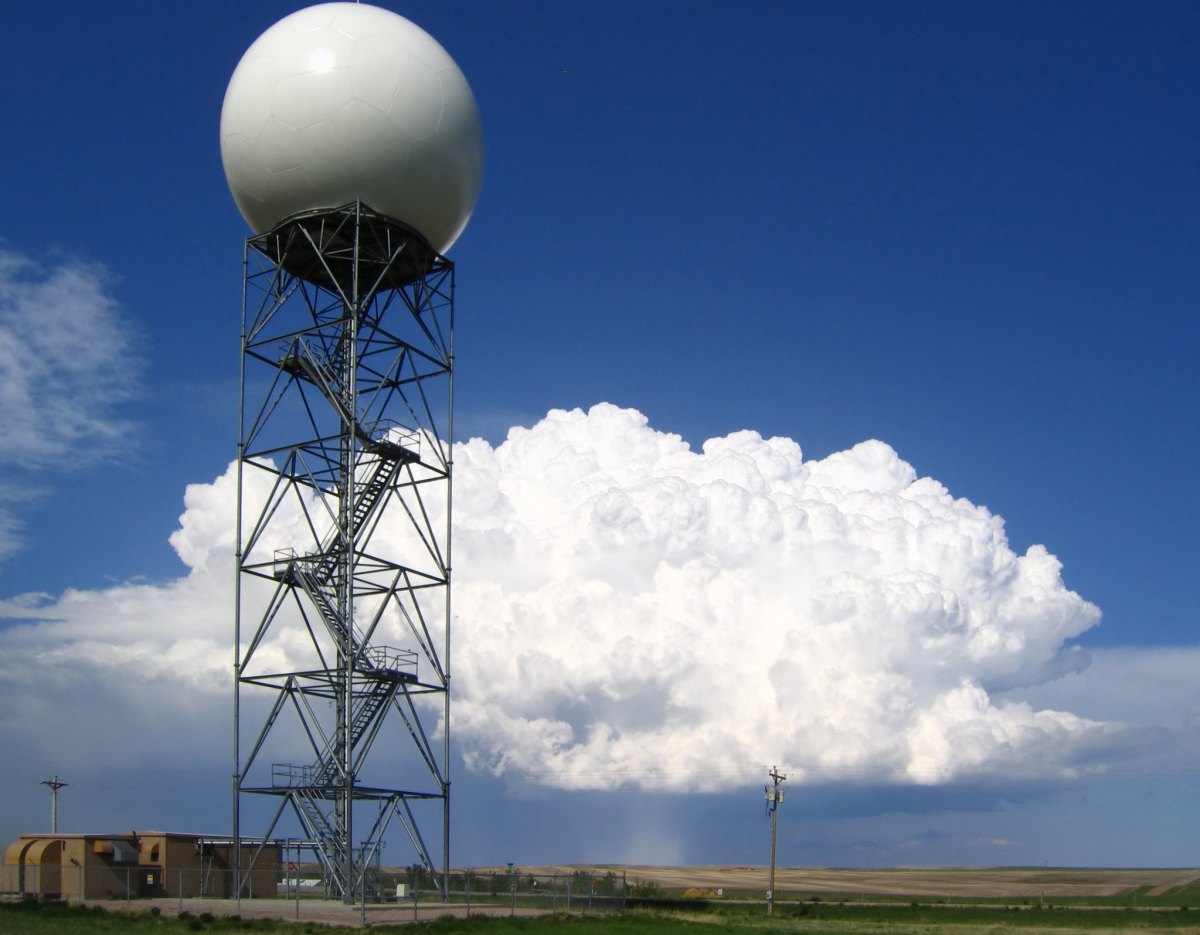Weather Radar Overview

Weather radar, also known as weather surveillance radar, is a remote sensing technology used to detect and locate precipitation, determine its motion, and estimate its type (rain, snow, hail, etc.). Weather radar systems emit electromagnetic radiation in the microwave range, and by analyzing the reflected signals, they can provide valuable information about the weather conditions within a certain area.
Weather radar operates on the principle of Doppler shift. When electromagnetic waves emitted by the radar system encounter precipitation particles in the atmosphere, a portion of the energy is reflected back to the radar receiver. The frequency of the reflected signal differs from the transmitted signal due to the motion of the precipitation particles, and this difference in frequency is known as the Doppler shift. By analyzing the Doppler shift, weather radar systems can determine the velocity of the precipitation particles and infer their type.
Types of Weather Radar Systems
There are several types of weather radar systems, each with its own unique characteristics and applications:
- Surveillance radar: These are the most common type of weather radar systems and are used to provide general-purpose weather information over a wide area. Surveillance radars typically operate at frequencies between 1.2 and 10 GHz and have a range of up to several hundred kilometers.
- Doppler radar: Doppler radars are used to measure the velocity of precipitation particles and can provide information about the direction and speed of storms. Doppler radars are often used in conjunction with surveillance radars to provide more detailed weather information.
- Polarimetric radar: Polarimetric radars measure the polarization of the reflected signal, which can provide information about the shape and size of precipitation particles. Polarimetric radars are used in research and operational applications to improve the accuracy of weather forecasts.
Weather Radar Data Analysis

Weather radar data analysis is a critical aspect of weather forecasting and nowcasting. It involves a variety of techniques to extract meaningful information from the raw data collected by weather radars.
Techniques for Weather Radar Data Analysis
Several techniques are commonly used for weather radar data analysis, including:
- Reflectivity analysis measures the intensity of radar echoes to determine the amount of precipitation in a given area.
- Doppler analysis measures the velocity of precipitation particles to determine wind speeds and directions.
- Polarimetric analysis measures the polarization of radar echoes to determine the shape and type of precipitation particles.
Strengths and Limitations of Weather Radar Data Analysis Methods
| Analysis Method | Strengths | Limitations |
|—|—|—|
| Reflectivity analysis | Simple and straightforward | Can only measure precipitation intensity, not type or velocity |
| Doppler analysis | Can measure wind speeds and directions | Can be affected by ground clutter and other non-precipitation echoes |
| Polarimetric analysis | Can determine the shape and type of precipitation particles | More complex and expensive than other methods |
Extracting Specific Weather Information from Radar Data
To extract specific weather information from radar data, meteorologists use a combination of analysis techniques. For example:
- Precipitation intensity can be estimated using reflectivity analysis, which measures the intensity of radar echoes.
- Wind speed and direction can be determined using Doppler analysis, which measures the velocity of precipitation particles.
- Hail size and type can be identified using polarimetric analysis, which measures the polarization of radar echoes.